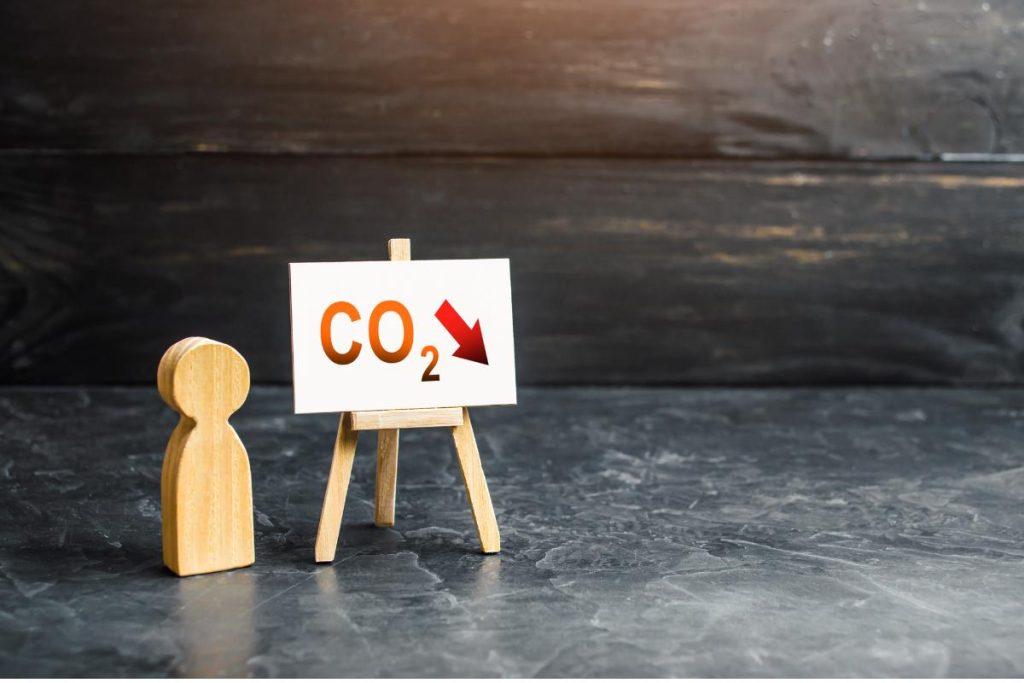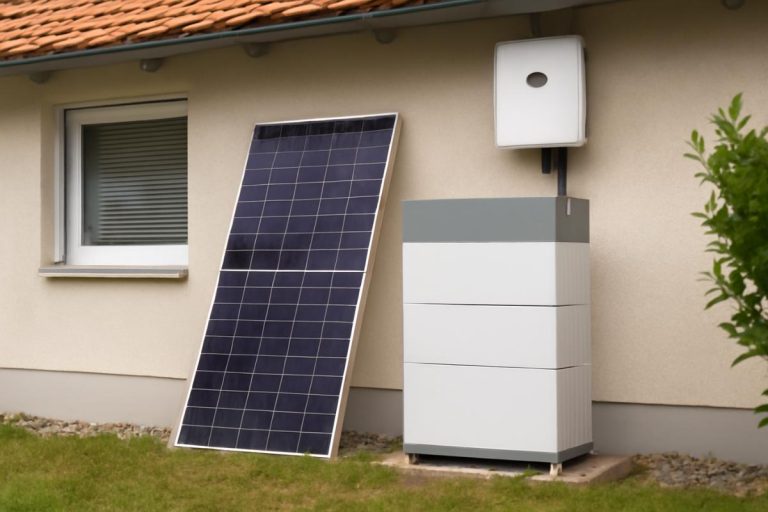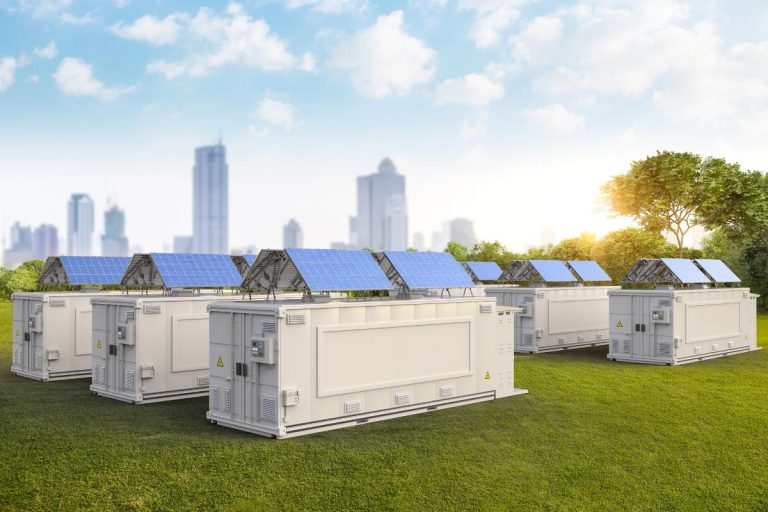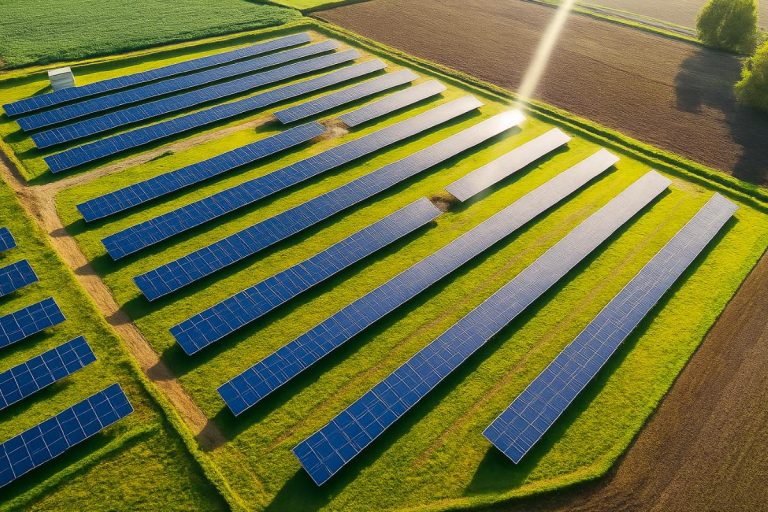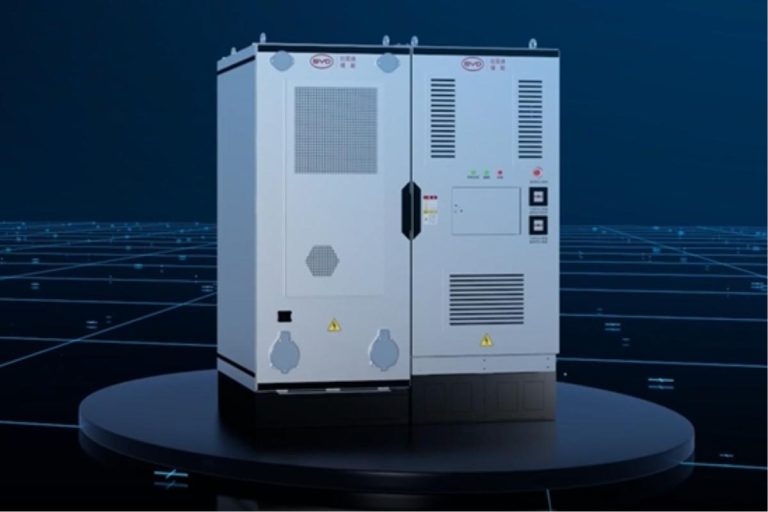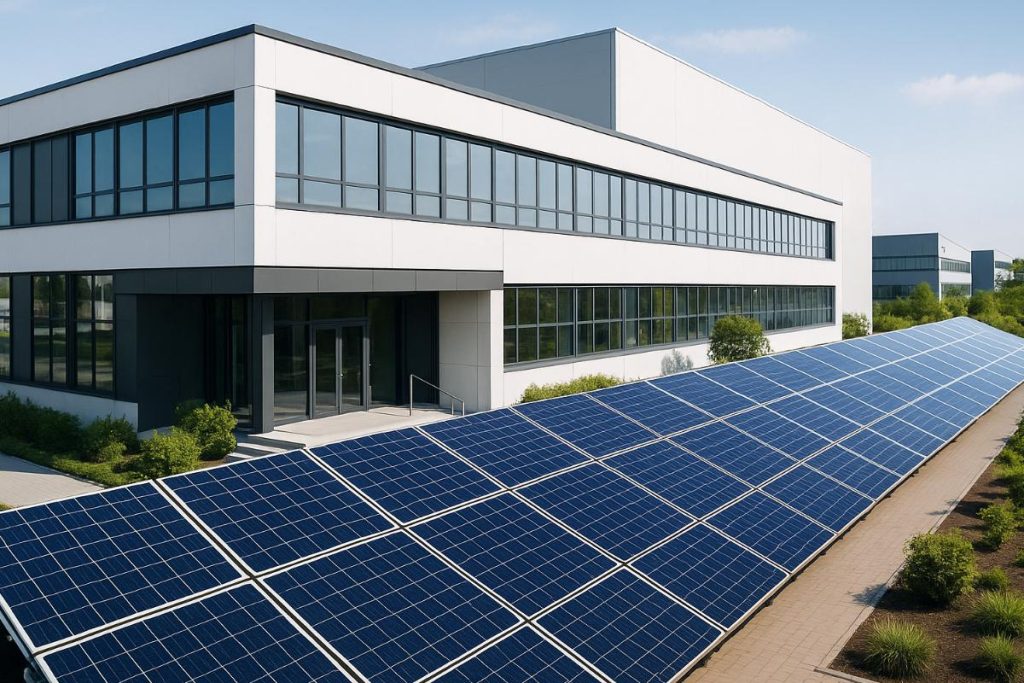Have you ever stopped to think about the impact of carbon emissions on your life and the future of the planet? A decarbonization has emerged as one of the most important responses to combating climate change and building a more sustainable world.
In this article, you'll learn more about the concept, its importance, and how innovative technologies such as those from BYD are shaping this sustainable future.
What is decarbonization?
Decarbonization is the process of reducing or eliminating emissions of carbon dioxide (CO₂) and other greenhouse gases into the atmosphere. These gases are released mainly by burning fossil fuels such as oil, natural gas and coal, which are used in various human activities such as transportation, power generation and industry.
The aim is to slow down global warming by reducing the concentration of these heat-trapping gases in the atmosphere. This is crucial to mitigating the impacts of climate change, such as rising sea levels, droughts, more intense storms and the loss of biodiversity.
Impacts of carbon emissions
Carbon emissions are one of the main causes of the greenhouse effect, which contributes to global warming. The consequences are visible:
- Changes in the global climate: heat waves, hurricanes and torrential rains are becoming more frequent.
- Impacts on human health: air pollution and extreme weather events cause respiratory and cardiovascular problems and an increase in illnesses.
- Economic challenges: agricultural losses, increased infrastructure costs and damage in areas affected by natural disasters affect the global economy.
Reducing these emissions is essential to guarantee a balanced climate and a habitable planet for future generations.
How does decarbonization occur?
Decarbonization takes place by replacing fossil fuels with renewable sources, increasing energy efficiency and adopting clean technologies.
This is not a single or simple process, but a set of actions involving profound changes in various sectors of society.
These changes seek to improve efficiency in the use of resources and reduce waste. Let's understand the main stages of this process.
Replacing fossil fuels with renewable sources
The main cause of carbon emissions is the burning of fossil fuels such as coal, oil and natural gas. Therefore, the first and most important measure in the decarbonization process is to replace these fuels with renewable energy sources, such as solar, wind, hydroelectric and even biomass.
A solar energyWind power, for example, uses solar radiation to generate electricity, while wind power uses wind to move turbines that generate clean energy.
These sources are called "clean" because, unlike fossil fuels, they do not release greenhouse gases (such as CO₂) into the atmosphere. This means that their use helps to significantly reduce carbon emissions, which is key to slowing down climate change.
Improved energy efficiency
Energy efficiency is an essential approach to decarbonization. It involves using energy more intelligently and effectively, without wasting it. Rather than consuming more energy, efficiency seeks to optimize the use of available resources.
In sectors such as transportation, industry and homes, improvements in energy efficiency can be achieved in a number of ways. For example, in the industrial sector, modernizing machines and processes such as green logistics can reduce energy consumption and, consequently, emissions.
In homes and buildings, the installation of more efficient systems, such as LED lighting and solar heating, can significantly reduce the amount of energy consumed.
Check out our residential energy storage!
Behavioral changes and sustainable consumption
Decarbonization depends not only on technological changes, but also on changes in society's behaviour. Daily choices in food consumption, transportation and energy have a major impact on carbon emissions.
For example, opting for local and seasonal products, reducing food waste and adopting conscious consumption practices can help reduce the emissions associated with the production and transportation of goods.
In addition, environmental education is an important pillar in transforming people's behavior. The more aware people are of the impact of their actions on the environment, the more willing they will be to adopt sustainable solutions in their daily lives.
Decarbonization in industrial processes
Industry is one of the biggest contributors to carbon emissions, mainly due to the use of fossil fuels in production and manufacturing processes. The transition to decarbonization in the industrial sector involves the adoption of cleaner technologies, such as electric furnaces, and the use of green hydrogen as an energy source.
Green hydrogen is produced from renewable sources, such as solar and wind energy, and can be used as a substitute for fossil fuels in industrial processes.
In addition, the use of more sustainable materials, such as recycled steel, can reduce the emissions generated by the manufacture of new products. The circular economy, which seeks to extend the useful life of products through recycling and reuse, is also an important strategy in the process.
Investments in renewable energy infrastructure
For decarbonization to be effective, massive investment is needed in renewable energy infrastructure, such as solar, wind and hydroelectric farms, as well as energy storage systems. The creation of a smart grid that distributes energy efficiently, integrating different sources and optimizing demand, is also essential.
These investments not only contribute to reducing carbon emissions, but also stimulate the economy by creating jobs in clean energy sectors and technological innovation.
Global collaboration
This cannot be achieved by a single country or company. To be effective, there needs to be collaboration between governments, companies and citizens. The adoption of public policies that encourage the use of renewable energies, the creation of tax incentives and the implementation of regulations that favor the reduction of carbon in the atmosphere are fundamental to the success of this transition.
Why is decarbonization important?
This process is fundamental to ensuring a more balanced and healthy planet. Without it, global temperatures could rise by more than 2°C in the coming decades, exceeding the limit set in the Paris Agreement. This would exacerbate environmental, social and economic problems on a global scale.
It also brings direct benefits, such as creating jobs in clean energy sectors, reducing dependence on imported fossil fuels and improving air quality, which has a positive impact on public health.
The energy transition as a pillar of decarbonization
The energy transition is a central part of reducing carbon in the atmosphere. It consists of transforming the global energy matrix, replacing polluting energy sources with renewable ones.
Electric mobility as a driving force for change
Transportation is responsible for a large part of the world's carbon emissions, especially in the road, sea and air transport sectors. The transition to electric vehicles is one of the most promising solutions in this context.
Electric vehicles (EVs) do not emit greenhouse gases directly during their operation and can be fueled by electric vehicle chargersunlike fossil fuel vehicles.
What's more, with the increase in renewable energy generation, the environmental impact of electric vehicles tends to decrease even further. Electric vehicle batteries can be recharged with solar or wind energy, which makes them even more sustainable.
Another point is that electric mobility extends to other modes of transport, such as electric buses and trucks. The implementation of charging infrastructure is also important, making the transition to electric mobility more viable on a large scale.
Innovations in solar energy and storage
Another key point is the advance in solar energy technologies and energy storage systems. A BYDFor example, it develops long-lasting batteries that allow the efficient storage of energy generated by renewable sources, guaranteeing its use even when the sun isn't shining or the winds aren't blowing.
These innovations are crucial to making clean energy more accessible and efficient, accelerating the energy transition and reducing the global carbon footprint.
The regulatory context and efficient decarbonization
The regulatory context plays a crucial role in efficient decarbonization, since international policies and agreements guide and encourage global and local actions to reduce carbon emissions.
The right regulations ensure that the energy transition takes place in an orderly manner and that investments in clean technologies are viable, promoting a sustainable future.
Global policies and agreements
The implementation of regulatory policies and the signing of international agreements have been key to boosting decarbonization. O Paris Agreementfor example, has united almost every country in the world in a commitment to limit the rise in global temperatures.
In addition, national regulations, such as emission reduction targets and incentives for the use of renewable energy, are essential to ensure that companies and governments move in the right direction.
Incentives and investments needed
The transition to a decarbonized economy requires significant investments in infrastructure and clean technologies. Governments and companies need to collaborate to offer economic incentives, such as subsidies for renewable energy, tax exemptions for electric vehicles and funding for innovation projects.
These incentives help to make sustainable technologies more competitive, accelerating their large-scale adoption.
The road to decarbonization
Decarbonization is a global challenge that requires joint action between governments, companies and society. To move forward, it is essential to invest in technological innovation, effective regulatory policies and changes in behavior.
If you are looking for practical solutions to contribute to this process, take a look at the technologies developed by BYD. From electric vehicles to energy storage systems, we are at the forefront of the energy transition, helping to build a more sustainable future for everyone.
Get in touch with BYD to find out more about how we can help your company decarbonize its operations.

